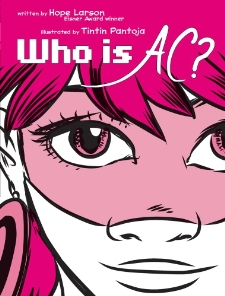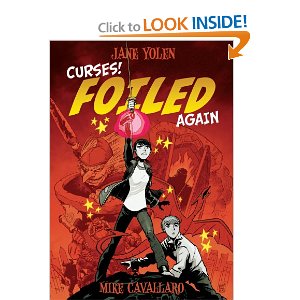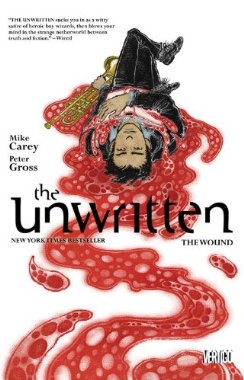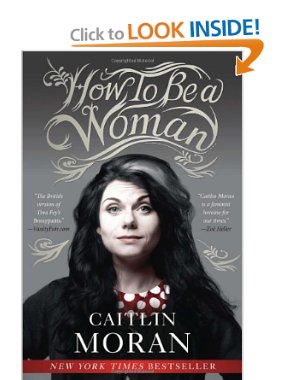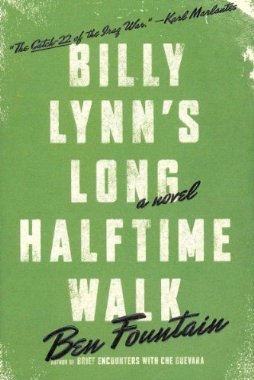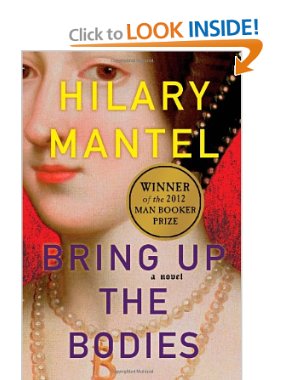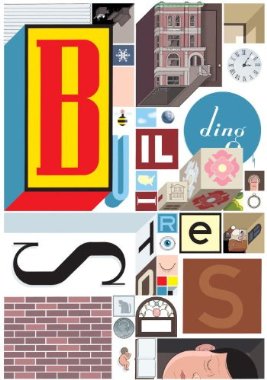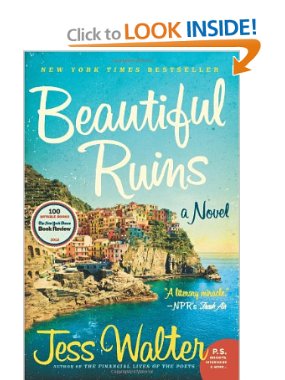Whither the Female in Post-Apoca-Fic?: “A Canticle for Leibowitz” and “Oryx and Crake”
Thursday, May 9th, 2013Post-apoca-fic (PAF) is most recognized as a sub-genre of science fiction, but end-time narratives are at least as old as the Epic of Gilgamesh and the story of Noah’s ark. Modern PAF is marked as beginning with Mary Shelley’s The Last Man, written by a woman by featuring a male protagonist.
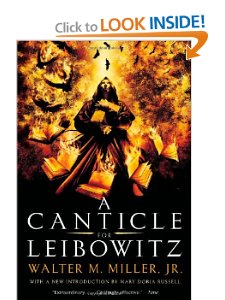
I recently re-read the PAF classic A Canticle for Leibowitz by Walter Miller, Jr. Published in book form in 1959, it collected 3 sections that had previously appeared in a sci-fi magazine. It centers on a monastery in post-nuclear Utah. There the monks seek canonization of the sacred Leibowitz of the title. A man of science instrumental in the nuclear holocaust of the mid 20th century, Leibowitz converted to Catholicism and advocated peace and learning. The book’s first section is set in the mid 21st century:
Brother Francis Gerard of Utah might never have discovered the blessed documents, had it not been for the pilgrim with girded loins who appeared during that young novice’s Lenten fast in the desert.
The subsequent sections jump ahead hundreds of years, though there are through lines for characters and artifacts that are fun and satisfying to recognize. I found the first section with Brother Francis, the most engaging. It’s the most funny, and Francis was my favorite of the many characters in the book. As the novel progresses, though, it shifts from being speculative to more preachy and explicative. The only females are in the third section, and this book fails The Bechdel Test, which identifies gender bias in fiction, in that no female has a conversation with another female.
Since the book is set in a monastery, it could be argued that it wasn’t within the scope. Yet after I read this book, I longed for a female perspective, something like Margaret Atwood’s The Handmaid’s Tale. Since I hadn’t read her most recent post-apocalypse novels, I decided to check out Oryx and Crake, the first of the MaddAddam trilogy, which was followed by The Year of the Flood and completed with MaddAddam, to be published this September.
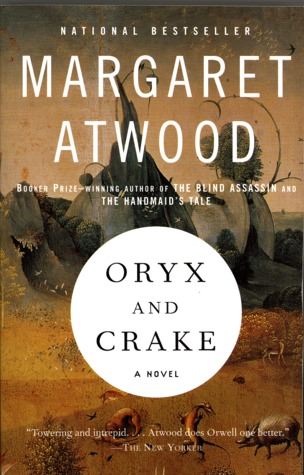
The events in Oryx and Crake are typical of PAF: a genetically engineered plague has wiped out probably all humans except one man, our narrator:
Snowman wakes before dawn. He lies unmoving, listening to the tide coming in, wave after wve sloshing over the various barricades, wish-wash, wish-wash, the rhythm of heartbeat. He would so like to believe he is still asleep. ..
Out of habit he looks at his watch–stainless steel case, burnished aluminum band, still shiny although it no longer works. He wears it now as his only talisman. A blank face is what it shows him: zero hour. It causes a jolt of terror to run through him, this absence of official time. Nobody nowhere knows what time it is.
Snowman is not alone; he is surrounded by a variety of genetically spliced creatures. The series proceeds ahead then flashes back. Typical Atwood, she breaks every rule of how to write fiction, yet the story unspools seamlessly into a compulsively readable narrative. Although devourable, the book left a bitter aftertaste. The central characters are a love triangle: two men and one woman, who embodies several cliches, and meets a clicheed end. She never converses with another woman, so this book too fails the Bechdel test. And, for anyone expecting closure, remember: you’re reading Atwood.
I continue to puzzle over this book. What does it add to the PAF genre other than a ripping yarn typically devoid of females? Is there a deeper layer of irony that I’m missing? Is Atwood saying a fully realized female is impossible in PAF? Is this an extension of the female-suppressing world of Handmaid? Does the apocalypse somehow preclude women? Certainly, it’s provoking, though what it has provoked is perplexity and anger and disappointment at Atwood, not my usual admiration.
I found a possibly parallel question in Vanessa Veselka’s essay in The American Reader, “Green Screen: The Lack of Female Road Narratives and Why It Matters“:
Siddhartha wants liberation, Dante wants Beatrice, Frodo wants to get to Mount Doom–we all want something. Quest is elemental to the human experience. All road narratives are to some extent built on quest. If you’re a woman, though, this fundamental possibility of quest is denied. You can’t go anywhere if you can’t step out onto a road.
Left to my own devices, I’d go down a rabbit hole and explore PAF with female protagonists. Maureen McHugh has done some excellent stories and her novel Mission Child is one of the few I can think of. Octavia Butler? Sheri Tepper’s Gate to Women’s Country? Marge Piercy’s Woman on the Edge of Time? YA PAF often has female protagonists, e.g., Katniss Everdeen, only to shackle and domesticate them in the end.
Alas, being part of 3 book groups, one of which I lead (hence Canticle, which sent me down this “road”) means my dance card is limited, so I’m unlikely to read up on these questions soon. If any of you kind readers have any insight, please, please, start a thread in the comments section.
